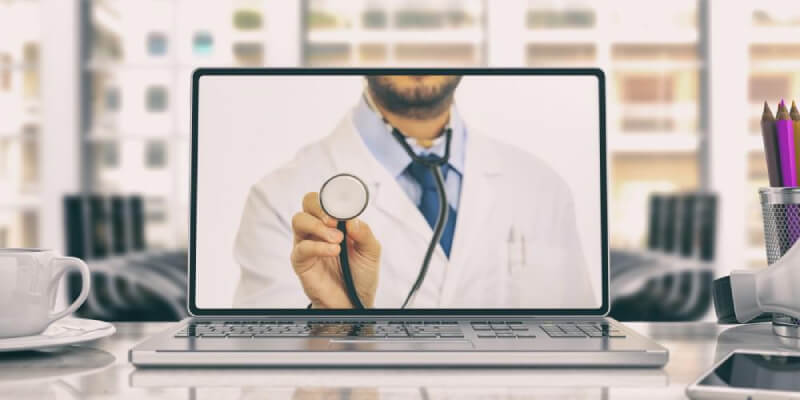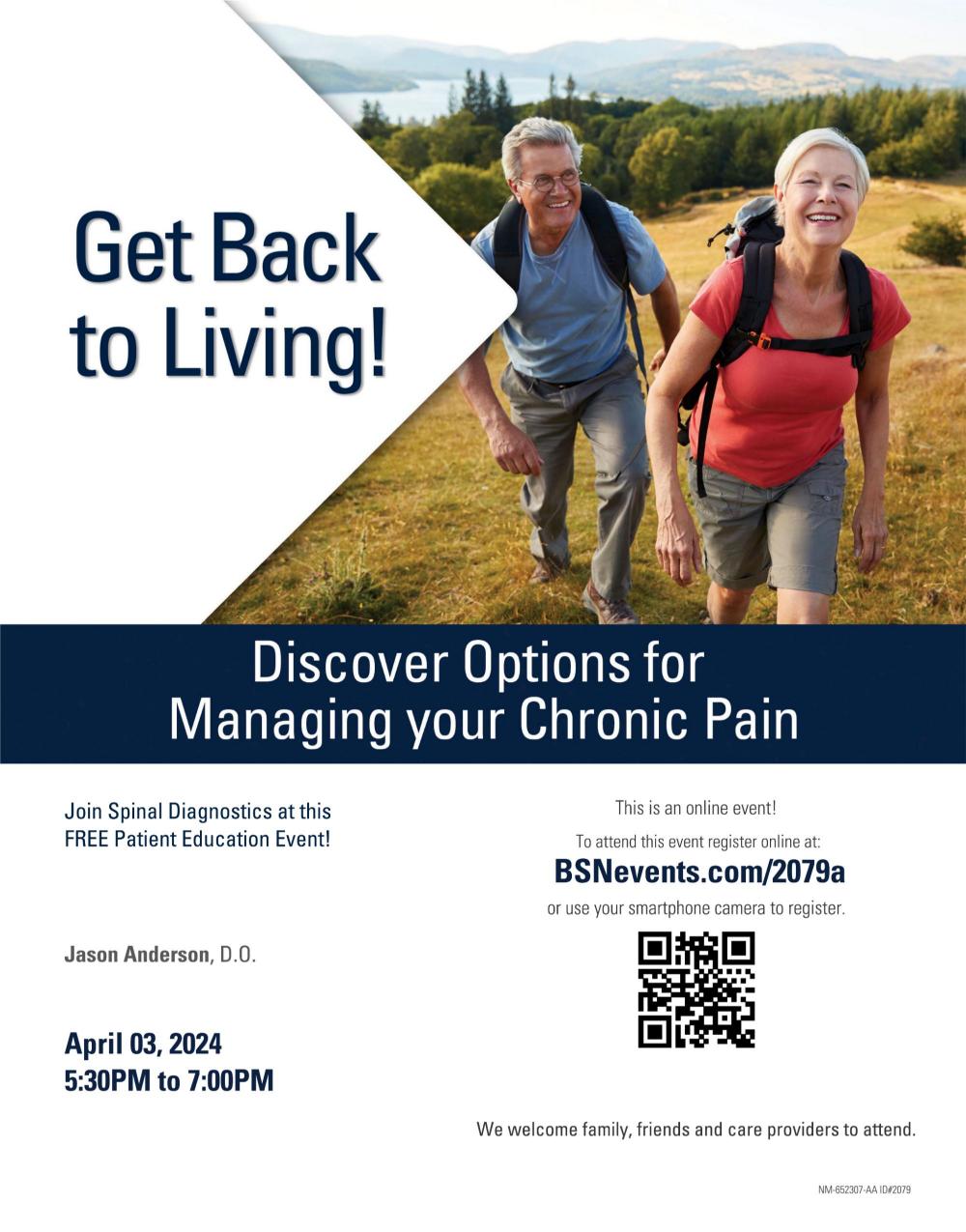When COVID-19 struck, Americans quickly adapted and learned to perform various functions remotely, from working and going to school to receiving healthcare. The use of telehealth increased 38 times pre-COVID levels.
Here at Spinal Diagnostics, the skilled team of spine health experts answered the call for remote healthcare and established comprehensive telehealth services. Since instituting the service, our patients have found that the benefits of telehealth extend far beyond the COVID crisis.
Here’s a look at when telehealth can be an obvious choice.
Perhaps you’re on the fence about whether you need medical help for a certain issue, such as lower back pain — is it a muscle strain that will resolve itself or a longer-term problem?
Through our telehealth services, we can “meet” virtually to review your health and your symptoms to help determine whether more hands-on care is warranted.
Of course, there are some things we can’t accomplish through telehealth, such as diagnosing your issue and delivering treatments, but we can track your post-treatment progress remotely. Through video check-ins, we can ensure that your recovery is on track.
When you have children, your healthcare needs can take a backseat as you ensure that your kids get to their dental and pediatric appointments. Not to mention, it can be difficult to find childcare when you need medical help.
We can meet with you remotely from the comfort of your home and review your healthcare needs through our telehealth services.
If we’ve prescribed pain management medications for you, we can manage many of these prescriptions through our telehealth services, saving you a trip to our offices. Please note that we do need to see you in person for certain medications.
If you have a healthcare issue that is limiting your mobility, telehealth is a great way for us to monitor your health from afar.
While we’re referring to physical issues limiting your mobility, the same holds if you have transportation issues.
While life has returned to normal, it’s a new normal in which we’re more vigilant about our health. With flu season in full swing and COVID still making its unwelcome rounds, we can help limit your exposure through telehealth.
This is also especially helpful for anyone at risk for developing illness or with immune system issues.
As you can see, there are times when almost anyone can benefit from telehealth. If you’d like to explore whether your healthcare needs can be met through our comprehensive telehealth services, please contact one of our locations in Tualatin and Newberg, Oregon.





